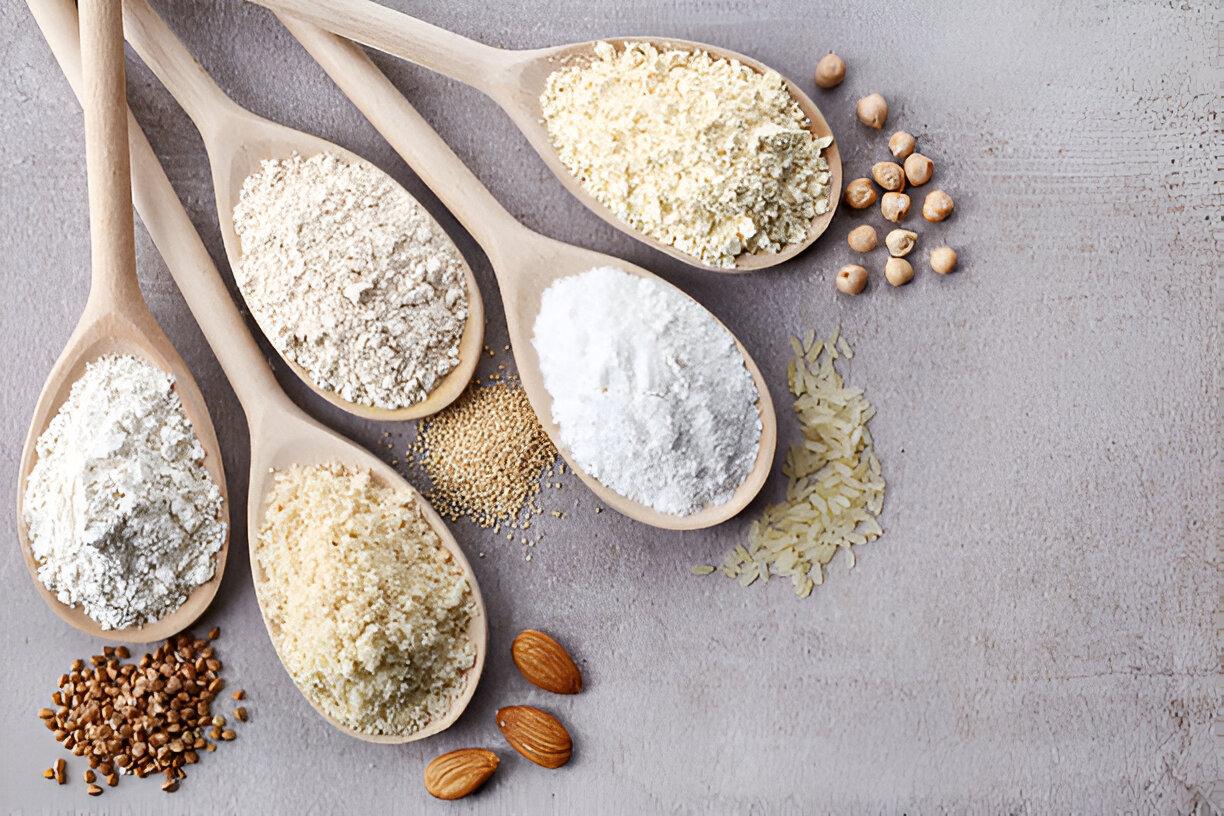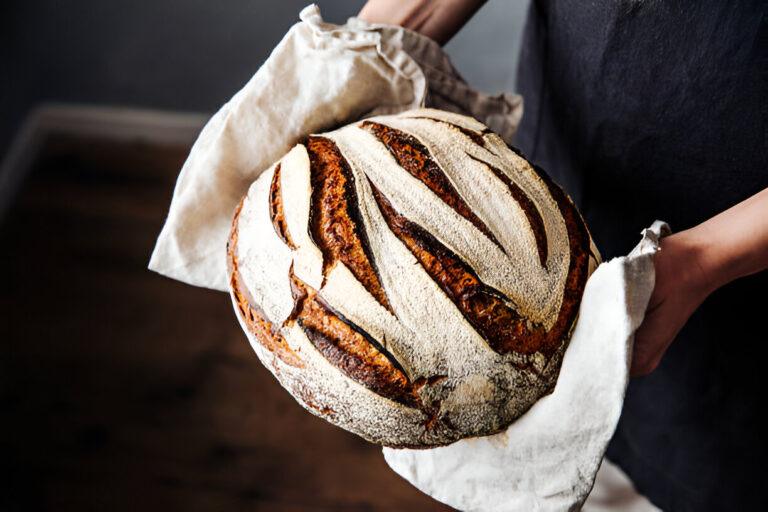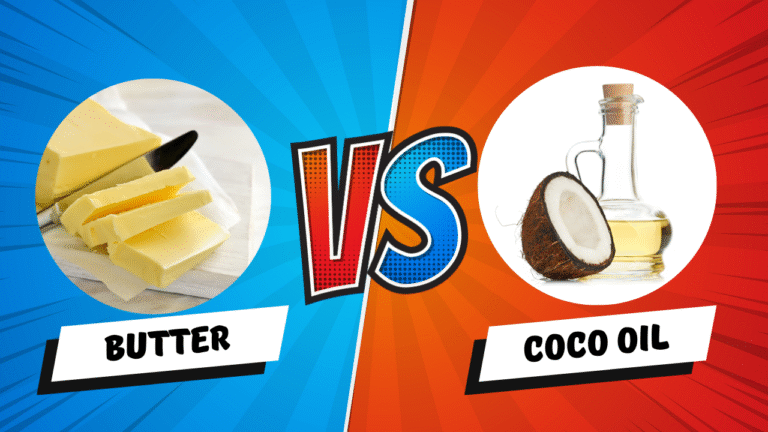Top 10 Gluten-Free Flours for Baking Perfect Bread
Few foods can compare with freshly baked bread when it comes to texture and aroma – fresh, warm and fragrant with a crunchy crust or crisp and crunch!
Many gluten free flour blends make excellent 1:1 replacements for wheat flour in recipes.
Almond, cassava or coconut flours combine well when mixed with moisture-retaining flours such as buckwheat or rice to produce delicious baked goods rich in potassium, calcium and dietary fibre.
1. Buckwheat Flour
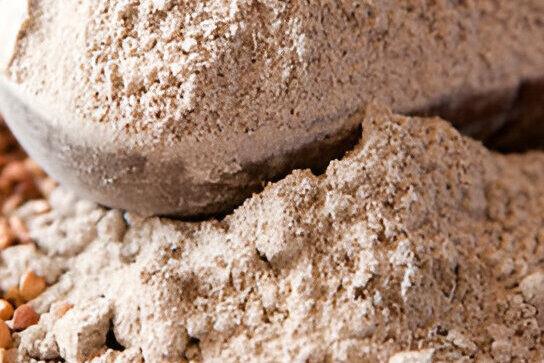
Buckwheat, though commonly associated with wheat, is actually classified as a pseudo-grain and naturally gluten-free. With its slate gray hue and strong earthy flavor, buckwheat makes for an excellent base ingredient in both sweet and savory recipes alike.
Buckwheat flour is manufactured by milling de-husked seeds of the buckwheat plant into powder. This flour is commonly found in Eastern Europe (blinis, kasha) and Japan (soba noodles), though its versatility allows it to also be used to craft pancakes, chillas, pakore, brownies and tabbouleh salad – not forgetting its health benefits including fiber, resistant starch, protein and zinc which helps strengthen immune systems as well as an antioxidant known to lower blood pressure! Buckwheat flour is packed full of goodness including resistant starch resistant starch protein while zinc boosts immunity while providing immune systems support; additionally providing zinc helps strengthens immune systems further while also offering essential zinc which helps strengthens immune systems while its antioxidant known properties help lower blood pressure further!
Buckwheat flour can be used alone or combined with other types of gluten free flours in recipes. When replacing 25% of wheat flour with buckwheat, as an introduction.
2. Cassava Flour
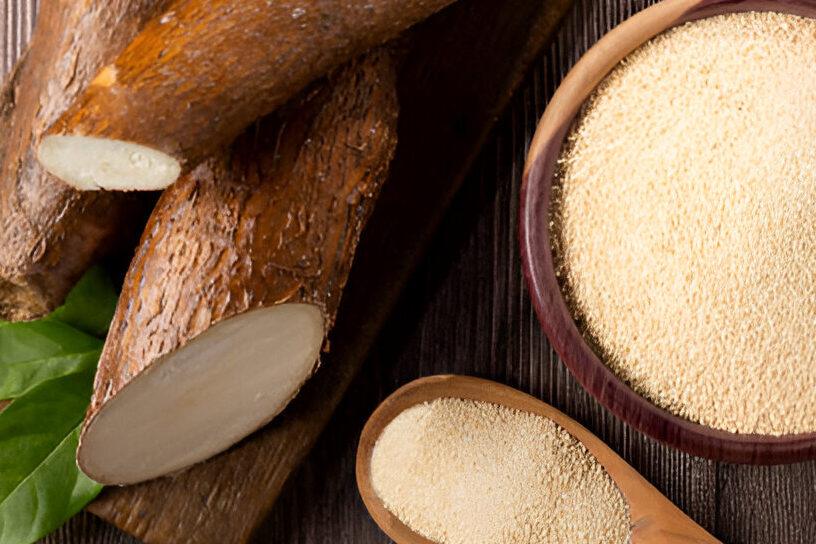
Cassava flour has made waves in gluten-free baking circles and it is easy to see why. Its versatility has seen it used for everything from delicate cakes and cookies, stretchy tortillas, and velvety gravies.
Cassava flour, more commonly referred to as “yuca,” is an affordable gluten free option with mild flavor that works great when replacing wheat in yeast-based recipes and pairing well with other gluten free flours.
Starchy flours tend to be high in carbs and low in protein content, making it suitable for those with food allergies or sensitivities to common allergens in other flour alternatives – read on to discover this popular choice!
3. Almond Flour
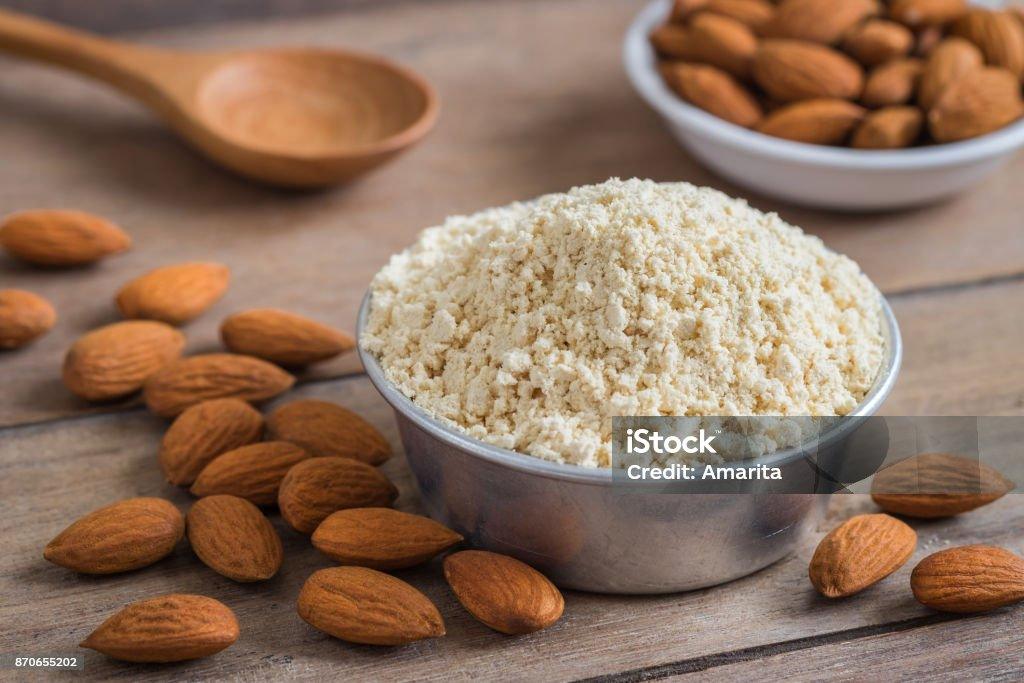
Almond flour has become increasingly popular as an allergen-friendly wheat flour replacement, especially among those allergic to gluten. It can be used in recipes for bread, pastries and muffins as well as cookies and desserts.
Healthline reports that this low-carb, grain-free ingredient is also an excellent source of Vitamin E and magnesium, making it a popular choice for flour blends as it pairs well with various alternative baking ingredients.
Almond flour comes in various textures depending on its brand, from fine to coarse. Furthermore, almond meal (which includes skins whereas almond flour doesn’t) and powder have different qualities; while you can use either interchangeably but the results will differ; Almond meal often boasts stronger flavors which makes it great for more rustic recipes.
4. Coconut Flour
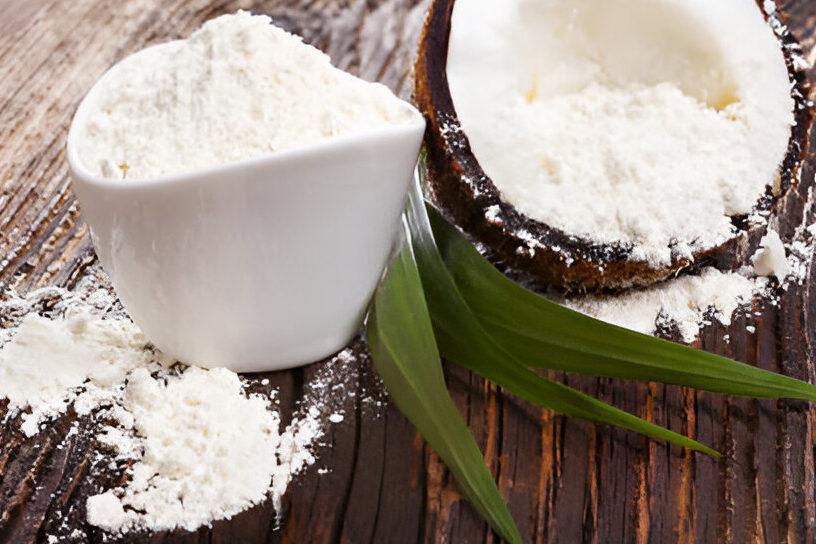
Coconut flour has become increasingly popular among gluten-free and paleo bakers, thanks to its versatile nature as a replacement ingredient. Constructed from finely ground dried coconut meat, it can replace up to 20 percent of flour in any given recipe, providing more fiber for healthy blood sugar regulation and digestion.
Coconut flour doesn’t need to be treated like grain flour in order to dissolve its phytic acid and retain more of its nutritional properties, which helps produce tender baked goods.
When baking with coconut flour, use a leavening agent such as baking powder as an effective leavening agent to make the batter rise. Make sure that it does not contain aluminium which could result in greenish hues in some recipes and metallic tastes in others.
5. Tapioca Flour
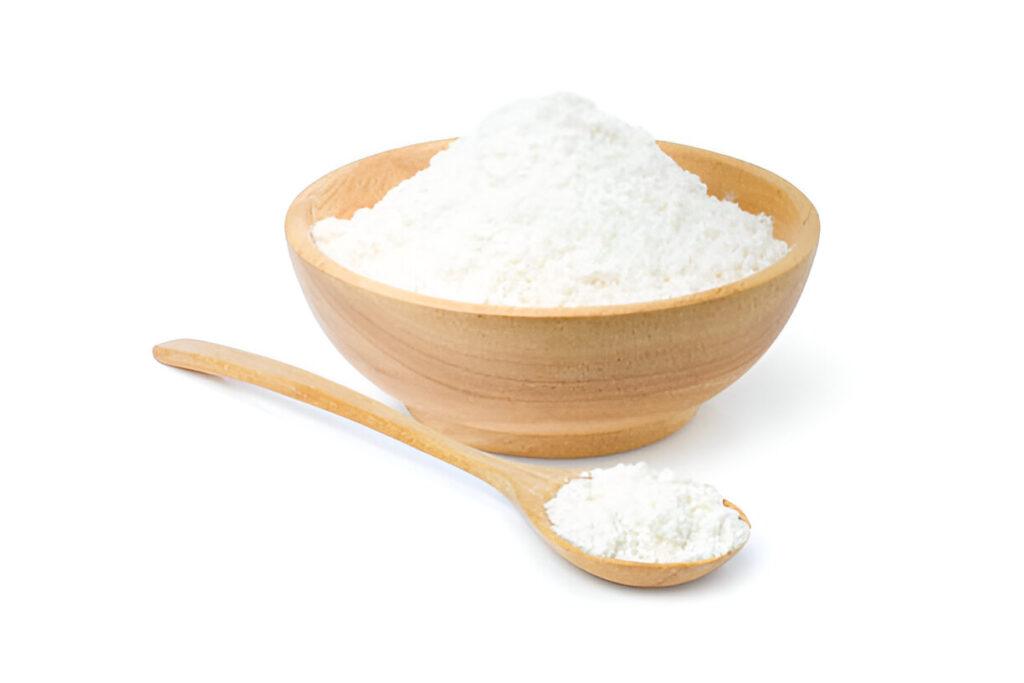
Tapioca flour (starch or yucca flour) is gluten-free and low in calories. Made from the root of cassava plant, which serves as a staple food source in Africa, Asia and South America.
Thickeners such as gelatin are ideal thickeners to give gluten-free baked goods their signature moist and fluffy texture, as well as helping reduce fat in recipes. When mixed with cold liquid, gelatin helps prevent lumps while providing an additional thickening element for fruits or other recipes needing thickening.
Tapioca flour can be substituted 1:1 with wheat flour; however, for optimal results it’s best when combined with other gluten free flours like rice, coconut or arrowroot flours. My Against the Grain bread recipe uses 1 part tapioca and 2 parts other flours.
6. Tapioca Starch
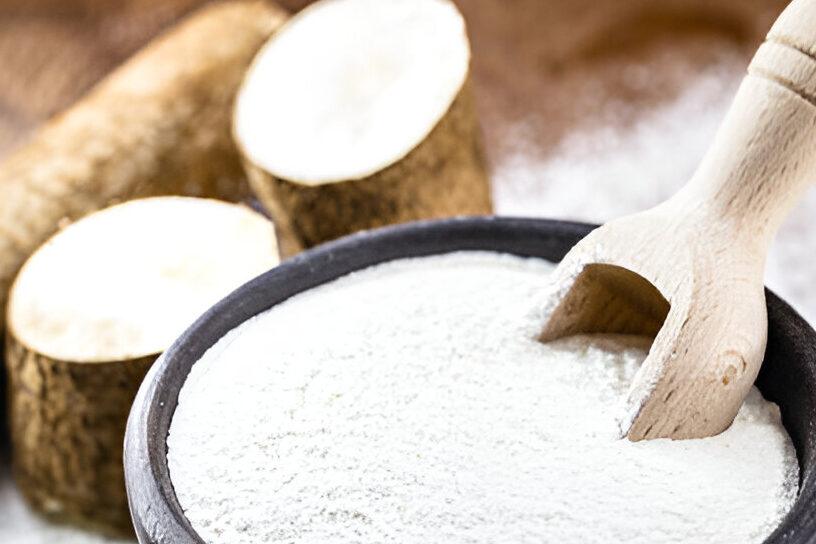
Tapioca flour is a versatile gluten-free ingredient that can serve as an ideal replacement for wheat flour in many recipes. In addition, tapioca thickener works great as thickener in sauces, stews, and pie fillings; plus its neutral taste can easily go in both sweet or savory dishes!
Tapioca starch, also referred to as cassava flour, manioc starch, almidon de yucca or yucca flour is produced from the root of tropical plants that look similar to potatoes and is extracted using various processes. A staple food in many countries and often used by those suffering from celiac disease as a replacement for wheat in recipes.
Starch can be purchased as flour, flakes or pearls and used to add a spongy and light texture to baked goods. In addition, its binding capabilities help bring ingredients together – an advantage over gluten in particular.
7. Rice Flour
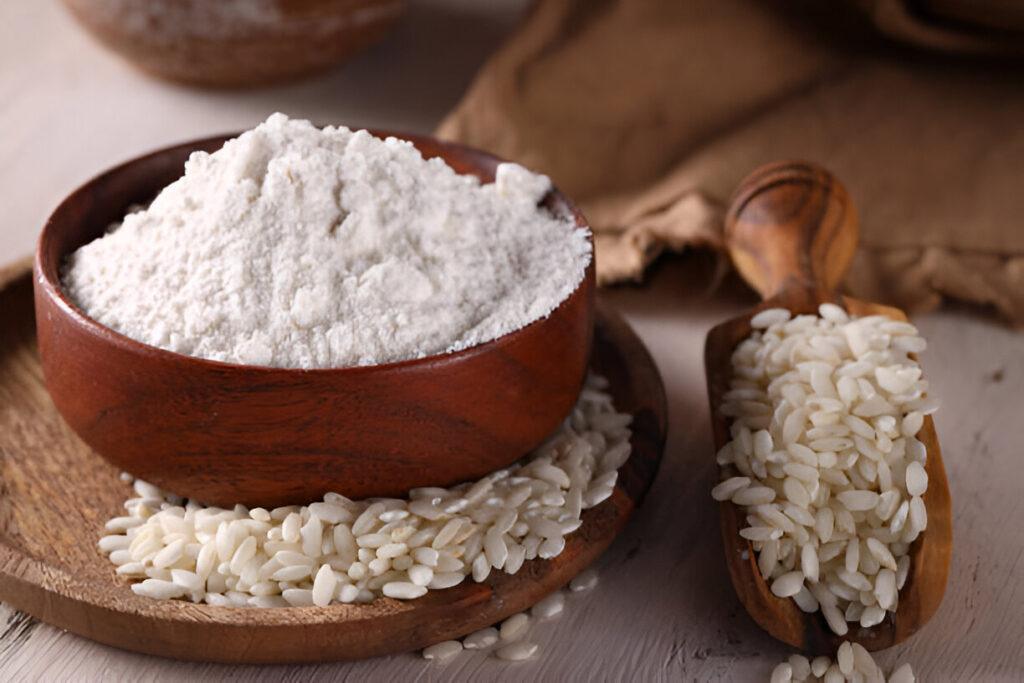
Rice flour is one of the mainstays in gluten-free all-purpose flour blends due to its light color, neutral flavor and ease of access. Produced by finely milling rice grains and available both white and brown varieties (the latter provides additional nutrition to your baking).
Gluten-free flour is an essential kitchen essential for those living with food allergies or intolerances to wheat, such as Celiac disease. Not only can it serve as an effective replacement for wheat flour in baked goods such as cakes and cookies, but it can also act as an excellent thickening agent and coating material when coating fried food items.
Fiber, vitamins B1, niacin and iron all combine to support digestive health. Plus it’s easy to digest making it an excellent food choice for those with sensitive stomachs.
8. Tapioca Starch with Xanthan Gum
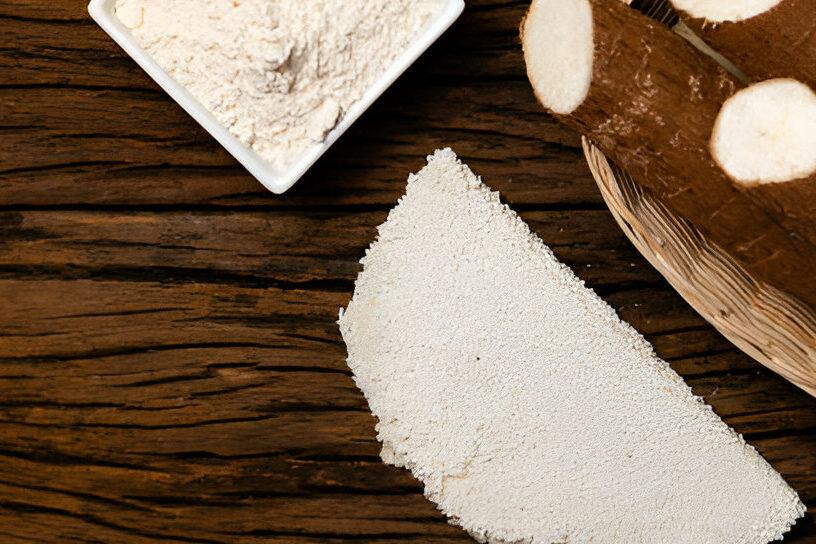
Tapioca flour is an indispensable part of gluten-free baking. It helps create the ideal texture and structure in baked goods like cookies and cakes, while it can also thicken sauces and stews.
Tapioca flour is produced from cassava roots by washing, peeling and grating to produce starchy liquid that is later dehydrated into fine tapioca flour. For best results use in combination with other gluten-free flours in order to provide balance of textures and flavors.
Binding agents such as xanthan gum or psyllium husk powder should always be included when baking with this flour, to mimic its properties of gluten binding ingredients together and form cohesive doughs. Experiment with various ratios until you find one that best fits your recipe; these additives may even improve their stability!
9. Tapioca Starch with Glucose
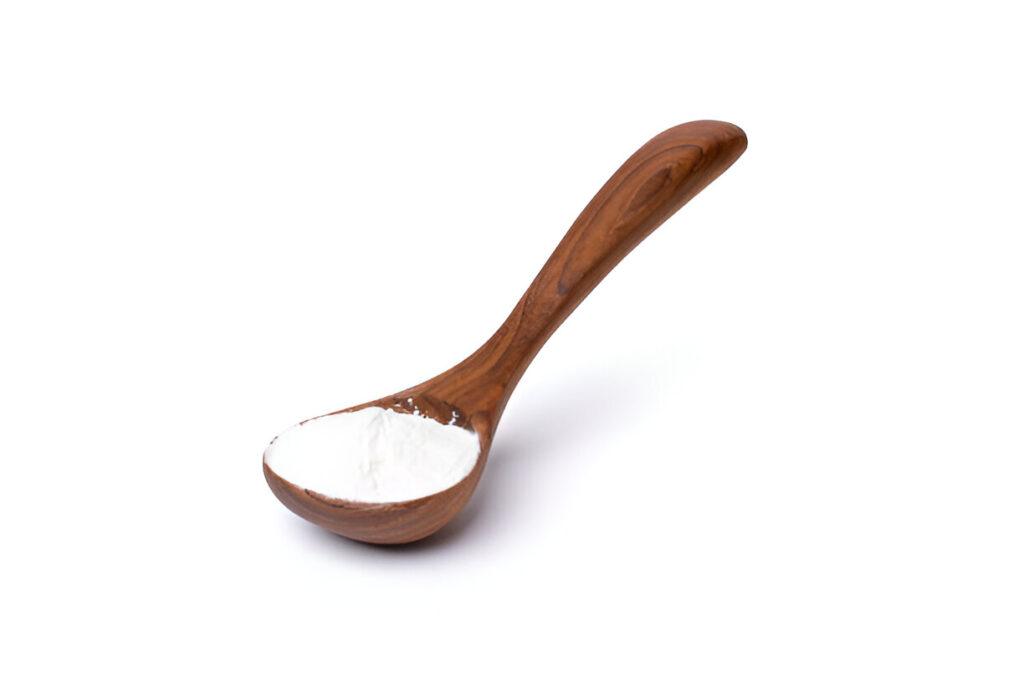
Tapioca flour is an affordable replacement for wheat flour in any recipe, helping make bread soft and fluffy while simultaneously improving browning and crispiness. Furthermore, its neutral flavor won’t interfere with other ingredients in your dishes.
Soybean starch makes an excellent thickener for soups, stews and puddings as it absorbs liquid before it reaches boiling temperatures and doesn’t form lumps when mixed with hot foods.
As it contains no bulk vital wheat gluten, crumbs or nuts, this dish is safe for people with celiac disease, wheat allergies or nut sensitivities. Furthermore, its low FODMAPs content may help alleviate IBS or SIBO symptoms and its lower glycemic index scores can benefit those managing blood sugar levels such as those living with diabetes or monitoring blood sugar levels.
10. Tapioca Starch with Xanthan Gum
Xanthan gum is an integral ingredient in many gluten-free recipes. Without its presence, baked goods would likely turn out dry, crumbly and unappetizing – it acts as a strong binder that mimics the elasticity and structure that gluten provides in recipes.
Cassava flour is a versatile flour replacement that doesn’t alter the natural flavors of other ingredients used to produce dishes, allowing their natural tastes to take center stage in final products.
Wheat starch is an indispensable pantry item, ideal for thickening soups, stews and sauces as well as adding texture to baked goods such as bread. When combined with other flours and starches to enhance baked products such as gluten free flour mixes for baking perfect bread it also works great in cakes, cookies and muffins! It works particularly well when added alongside other starches like buckwheat, rice and tapioca flours in cake-type baked goods like cakes cookies and muffins!

Written by Samantha Greene, a gluten-free home cook with over 10 years of experience creating allergy-friendly recipes the whole family can enjoy.
